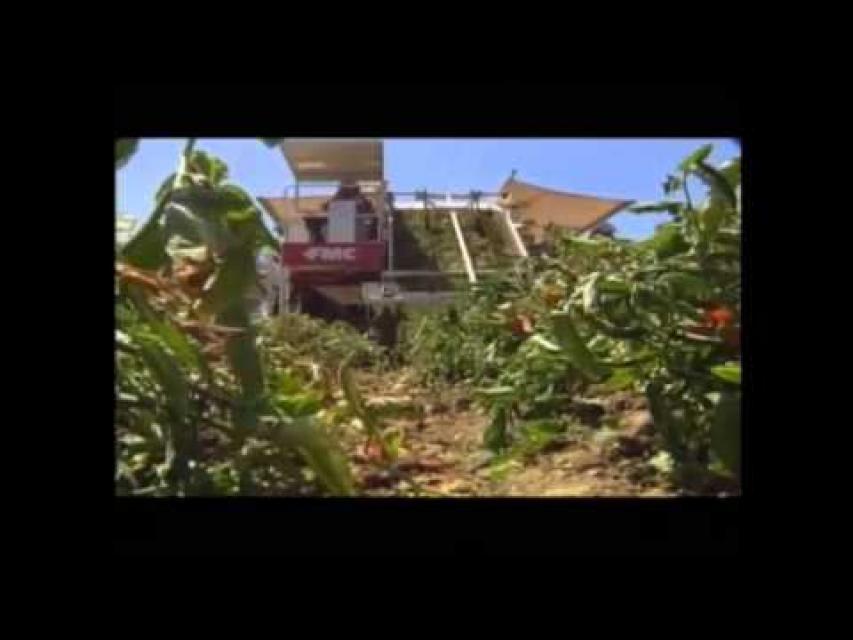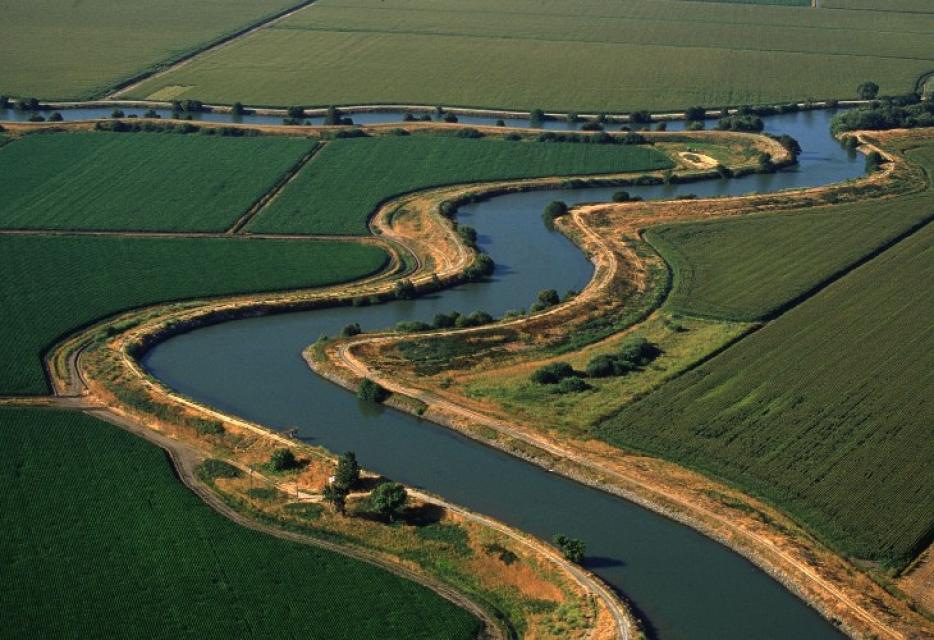Sacramento-San Joaquin Delta Canal/Tunnel Proposals
The Sacramento-San Joaquin Delta has been the hub of California’s water system for more than 50 years and along the way water experts have struggled to balance the many competing demands placed on the estuary—the largest freshwater tidal estuary on the West Coast.
Water is transported through the channels in the Delta from the state’s two large water projects – the State Water Project and the Central Valley Project, which originate in Northern California and move water through the Delta. They provide drinking water to 25 million people in the San Francisco Bay Area, coastal California and Southern California as well as the irrigation supply for millions of acres of farmland. Ensuring that continued conveyance without severe disruption is critical to California’s economy.
Water leaders for decades have discussed building a peripheral canal or tunnels to convey export water around the Delta (instead of through the Delta using natural channels). A proposed canal was defeated by California voters in 1982. Former Gov. Jerry Brown brought those talks to the forefront again in 2012, recommending the construction of two 35-mile tunnels to move some export water while also working to restore the ecological health of the Delta.
Brown’s tunnels never got built before he left office and his successor, Gavin Newsom, in 2019 scaled back the proposal to a single tunnel.
Overview
The use of Delta channels as conduits for transporting water began in 1940 with completion of the Contra Costa Canal, the first unit of the Central Valley Project. With the 1951 completion of the Delta-Mendota Canal, the Delta became part of a vast water export system and pumping plant.
Also in 1951, the Delta Cross Channel was constructed near Walnut Grove to facilitate the transfer of water from the Sacramento River across the Delta to CVP export pumps located near Tracy.
Officials have discussed for years a possible peripheral canal or other means of conveying water around and through the Delta because of concerns with water quality and fish being killed by the pumps that propel the water south of the Delta to the San Joaquin Valley and Southern California.
In 1977, California’s Department of Water Resources backed earlier studies that said a peripheral canal would be the best facility to move water to the Delta export pumps.
However, voters in 1982 defeated Proposition 9, which included a peripheral canal.
Currently, the plan is to construct a single tunnel that would re-route water around the Delta straight to the export pumps.
Challenges
The support for alternative Delta conveyance stems from the need to respond to climate change while protecting the region’s ecosystem. Those reliant on water exports say it is imperative that the Delta can safely and reliably capture peak stormflows when they happen. The plan to convey water around the Delta aims to reduce the impacts that massive pumps at the south end of the Delta have on the hydrology and environment.
There is also concern that reliable water deliveries are needed to help replenish groundwater basins, especially in the San Joaquin Valley, as the state’s Sustainable Groundwater Management Act is implemented.
But the idea of constructing an alternative conveyance system has its detractors who say such an apparatus would lead to greater water exports while depriving the Delta environment of much-needed fresh water inflow and causing salinity levels to spike.
Next Steps
California’s complex infrastructure system of storing and conveying water to coastal communities, the Central Valley and Southern California depends on the Delta as its hub.
The Delta’s vulnerabilities — from revelations of earthquake risk to poor water quality and crashing fish populations — has produced near unanimous agreement that maintaining the current course is not a reasonable solution for the ecosystem or water supply.
Court decisions and regulatory actions have also highlighted the poor condition of Delta fish species such as the Delta smelt and the extent to which pumping operations affects their survival.
But others say old arguments against additional Delta conveyance have been trumped by the reality that maintaining the existing system is not sustainable.
Ultimately, all involved in the process acknowledge any conveyance system will have to be legally valid and have political support before becoming a reality. It is also a given that any approved project will immediately draw a legal challenge.
DWR is working with local public water agencies that are partners in the conveyance project to design a single tunnel. An emphasis of the process is engaging Delta communities and other stakeholders to limit local impacts of the project. The Metropolitan Water District of Southern California, the largest supporter and key proponent of the original conveyance plan, supports the single tunnel proposal.










